11 schools are slated to close in Green Bay. Here's how the GBAPS task force chose them.
GREEN BAY ― As enrollment declines and a fiscal cliff looms, the Green Bay School District said it has no choice but to close schools and restructure the district or risk cutting elsewhere.
At Monday night's School Board meeting, the district's Facilities Task Force made its official recommendations to the board to close 11 schools, including the district headquarters, and repurpose seven buildings to accommodate different programs or grade levels.
Many of the district's 42 buildings are below capacity and in need of maintenance. By creating larger schools with more students, the district can create efficiencies and reduce operating costs.
More: Green Bay Schools Facilities Task Force finalizes recommendations for 12 building closures
More: Green Bay schools task force narrows facilities plans from 9 options to 2. Here's what to know.
Currently, one in four classroom seats are empty. The district's current enrollment is at 76% of capacity, and within the next decade, it will be down to 67%.
The task force reviewed 12 different plans over the course of eight meetings from January to April.
It consisted of 26 members, selected by the school district. The majority of the members are white, despite 60% of the district's student population being students of color.
The task force considered a building's adaptability, location and capacity as reasons for closing or repurposing it. By closing lower enrollment buildings, the district can move those students to create larger schools that are more efficient to operate.
The overall goals are to improve facility use across the district and reduce operational costs.
Grassroots Latino group calls for stop to task force recommendations
The new school boundaries have not been decided, and the task force recommends the board create a boundary committee to figure out exactly which households would move to which schools.
At that time, the district will look at demographics such as the socioeconomics and racial backgrounds of students to try and keep cultural groups and neighborhoods together.
The Facilities Task Force was meant to look at the brick and mortar of the facilities, according to Interim Superintendent Vicki Bayer.
"The focus of the task force was to be strictly on the brick and mortar. We didn't want them to lose sight of that," she said. "Now the next phase, after getting direction from the Board of Education, will delve more into the demographics."
More: A look inside the new YMCA: Here are 5 things to know about The Ridge
But an independent, grassroots group, the Northeast Wisconsin Latino Education Task Force, says that should have been a focus from the beginning.
The group formed in late April by four Latino community groups: Casa Alba Melanie, the Latino Professional Association of Northeast Wisconsin, Northeast Wisconsin Latinx Rising and Voces de la Frontera.
Members of the Latino task force came to Monday's meeting wearing shirts saying, "Stop Schema 12" in English and Spanish.
NEWLET is calling for the board to stop the implementation of the task force recommendations, or Schema 12, until the Latino community and other diverse groups can be engaged. They also want demographics and equity to be fully taken into consideration.
"We shouldn't have started with facilities," said Amanda Garcia, a member of NEWLET as well as the district's Facilities Task Force. "We should have started with students and families and how it's going to impact them and their concerns and making sure that they're part of the decision-making process, which did not happen."
Changes won't be fully implemented for three years
The board is scheduled vote on the task force recommendations on June 5. Planning will happen during the 2023-2024 school year, which will include boundary changes.
Boundary changes wouldn't take effect until the 2024-2025 school year for buildings where no construction is needed with some boundary changes taking effect in the 2026-2027 school year.
Why the task force recommends each of the 12 buildings to close:
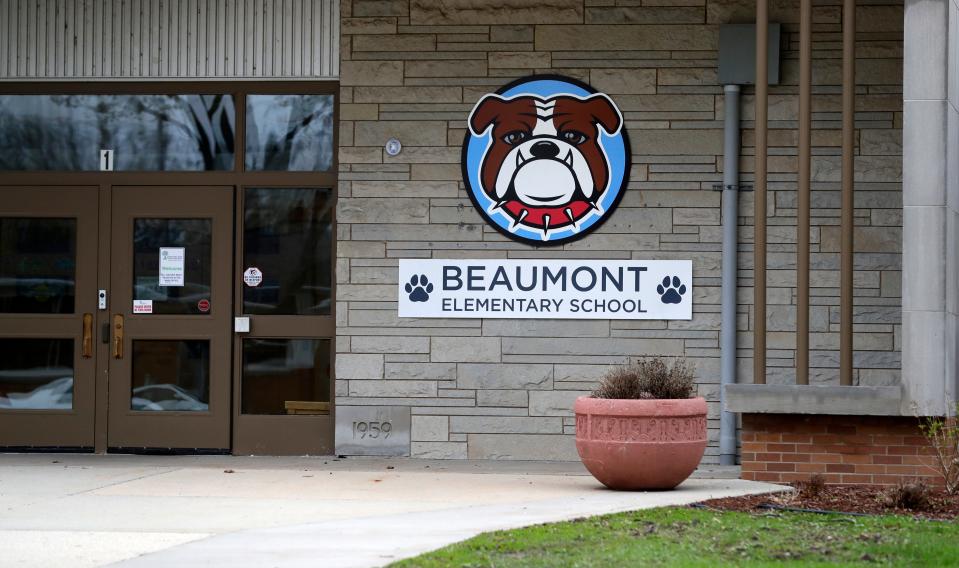
Beaumont Elementary
The task force recommends closing Beaumont to improve overall facility utilization across the district and because it needs a gym addition. The school is close to Jackson Elementary, which had recent facility investments and is larger in size.
Kids who go to Beaumont would go to Jackson or Franklin, which is recommended to become a K-8.
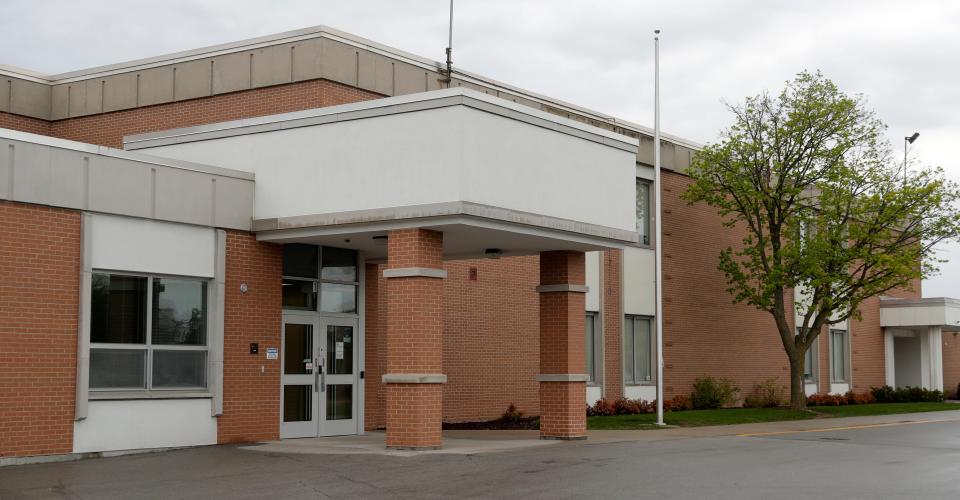
Doty Elementary
Doty is at the edge of the district and is close to Langlade Elementary, which is located more centrally in the district.
Students would go to Eisenhower Elementary or the repurposed Langlade K-8.
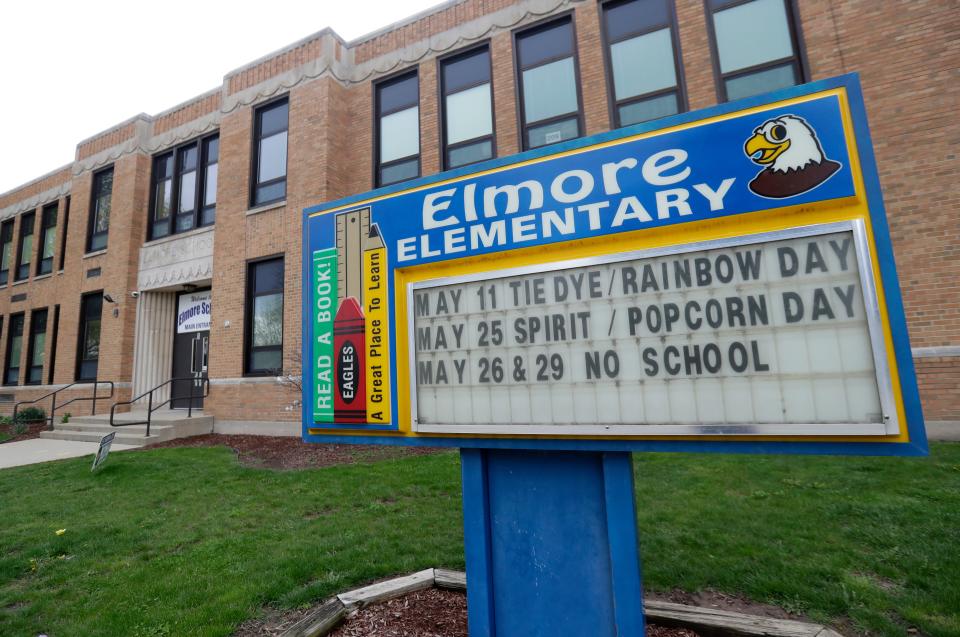
Elmore Elementary
Elmore Elementary was built in 1939 and is one of the district's oldest school buildings. It has a lower "educational adequacy" score, according to architecture firm ATSR. Each building was given an educational adequacy score by the firm, measuring the school's space per student, capacity, space utilization and how well the buildings are equipped for learning.
Elmore students would go to the repurposed Franklin K-8.
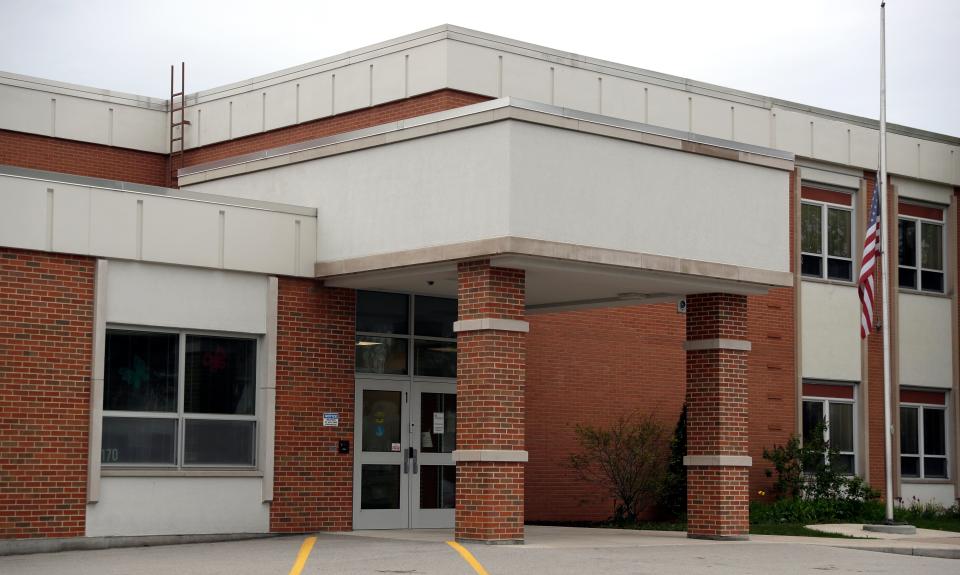
Keller Elementary
Keller has low enrollment and maintenance needs.
Students would go to a new west-side elementary that would be built with a future referendum.
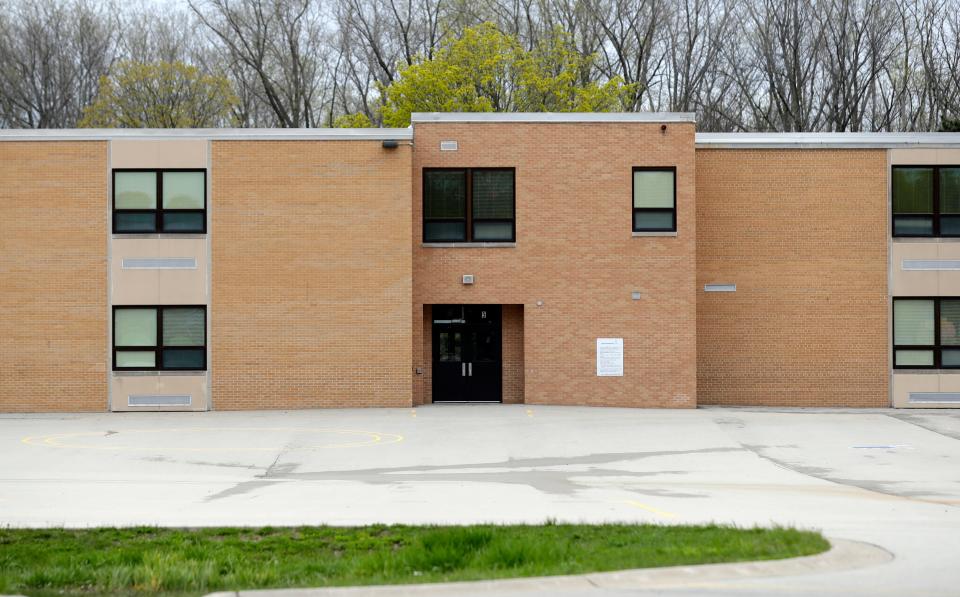
Kennedy Elementary
Kennedy has lower facility condition and educational adequacy scores along with higher maintenance needs. It requires a new gym addition since its gym doubles as its cafeteria.
It's also the only district site on the west side of Green Bay that could accommodate a new elementary to absorb the students from Keller and MacArthur.
Students would go to a new west-side elementary that would be built on Kennedy's property with the approval of a future referendum.
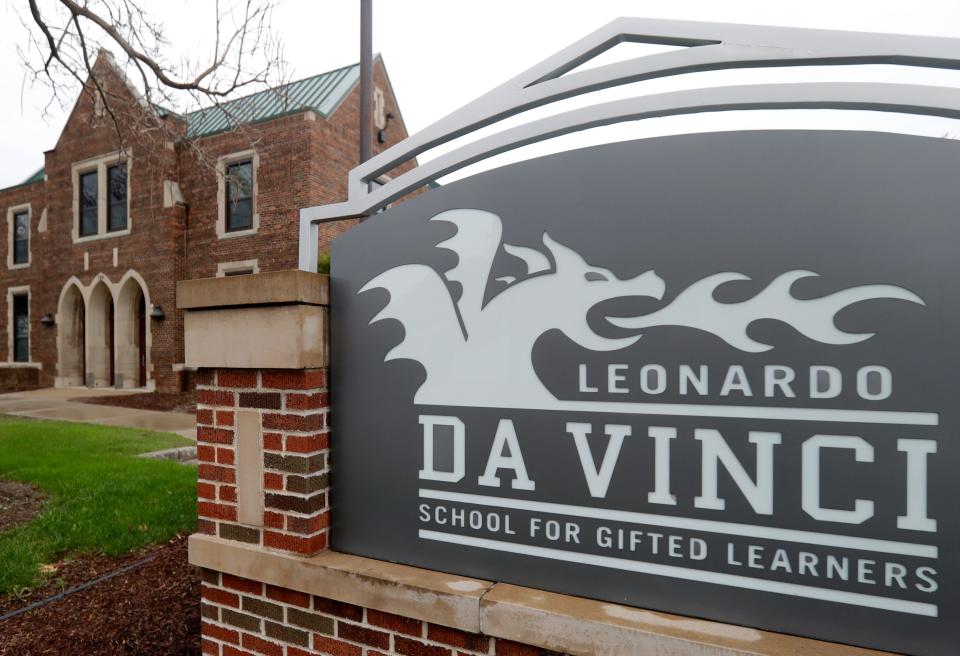
Leonardo da Vinci School for Gifted Learners
Leonardo da Vinci is one of the oldest buildings in the district, approaching 100 years old. It has undersized classrooms and little green space.
It also needs a gym addition, but there isn't room on the property for it. There also isn't a full-size library media center.
All of these building issues can't be corrected, given the size of the property. It's recommended that the programming move to Webster Elementary, which has 23% more square footage.
Webster Elementary would become the new gifted school. Students at Webster would feed into Eisenhower Elementary or the repurposed Langlade K-8.
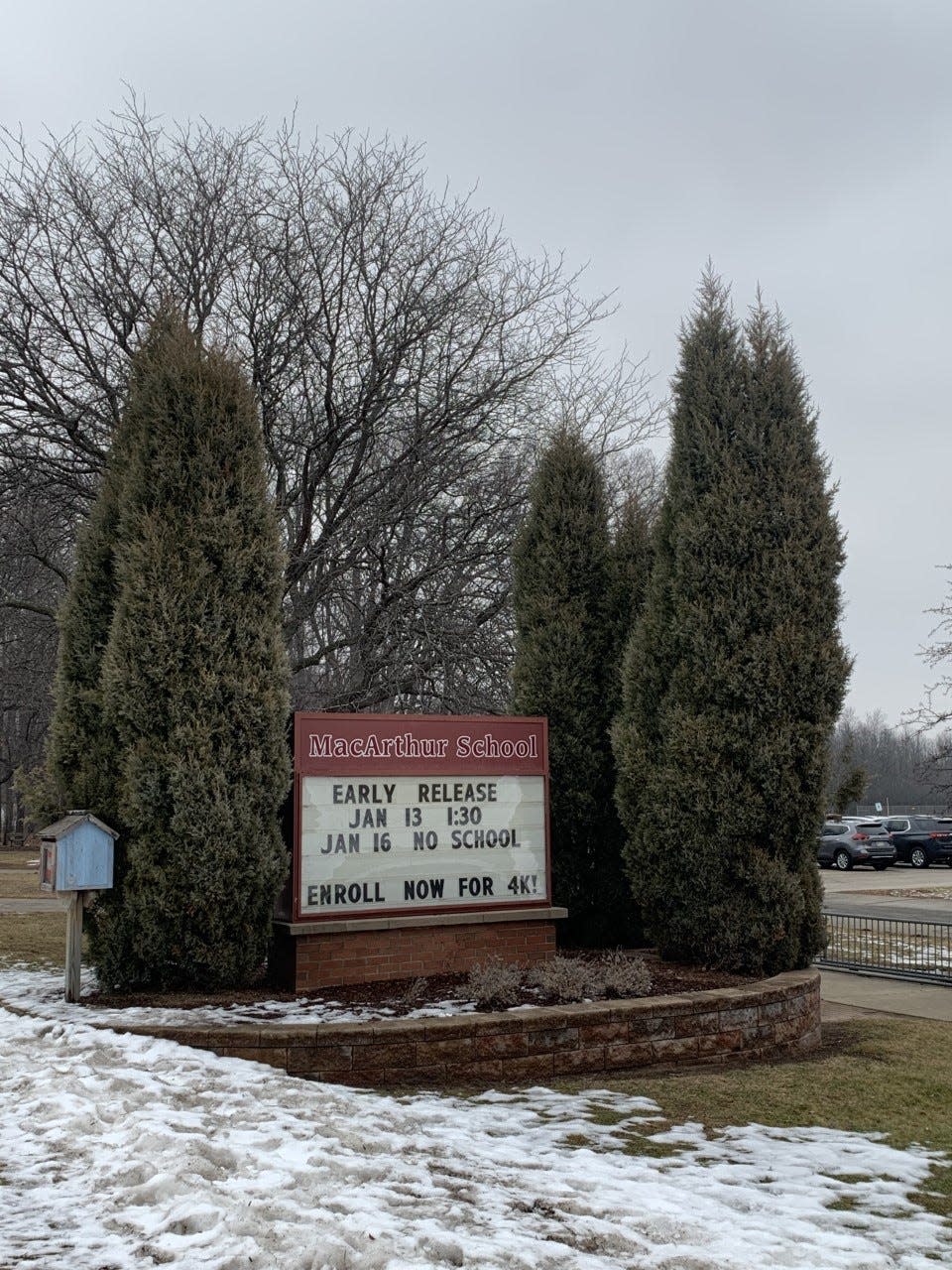
MacArthur Elementary
MacArthur has some non-repairable maintenance needs and an undesirable layout. It's a smaller school with construction concerns like a water table that runs underneath the property, upsetting the foundation.
Students would go to a new west-side elementary that would be built pending approval of a future referendum.
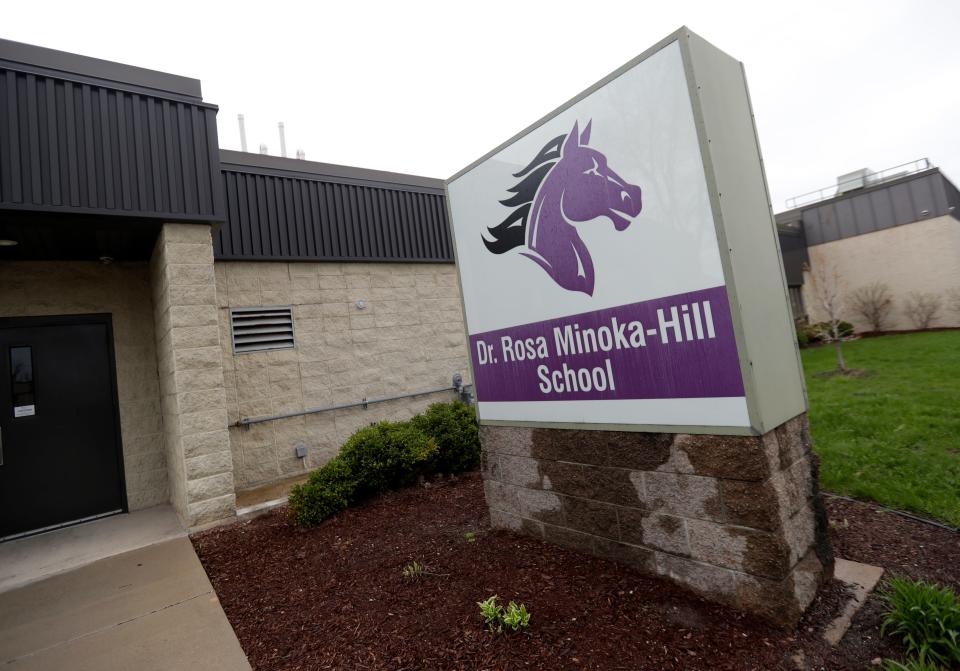
Dr. Rosa Minoka-Hill
The alternative school has no exterior green space for students since the building was a former office space. There is also no gym.
Minoka-Hill students would go to Lincoln Elementary, which would be repurposed for the alternative school. Lincoln students would then move to the repurposed Franklin K-8.
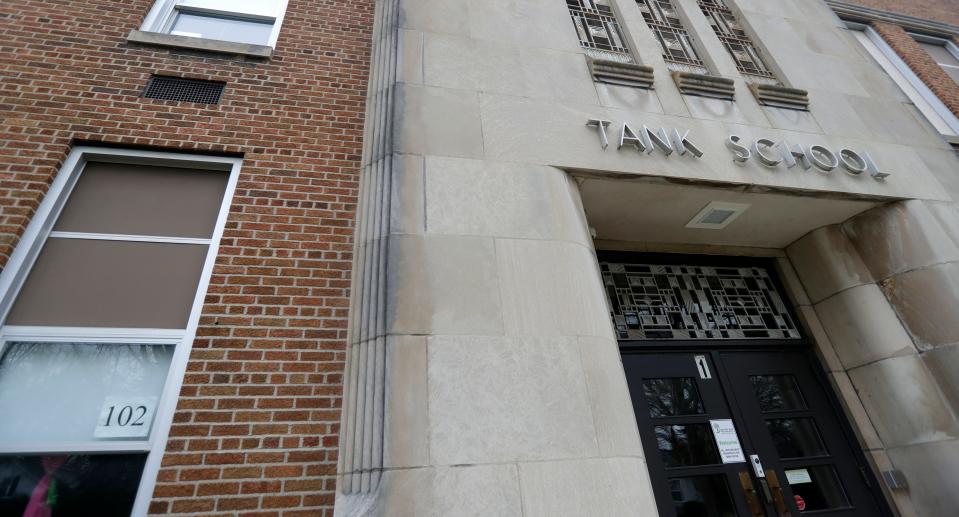
Tank Elementary
Tank has low enrollment along with a low education adequacy score. The building is from 1939 with a 1990 addition and needs facility updates. It also needs a gym addition.
Tank students would go to Fort Howard Elementary.
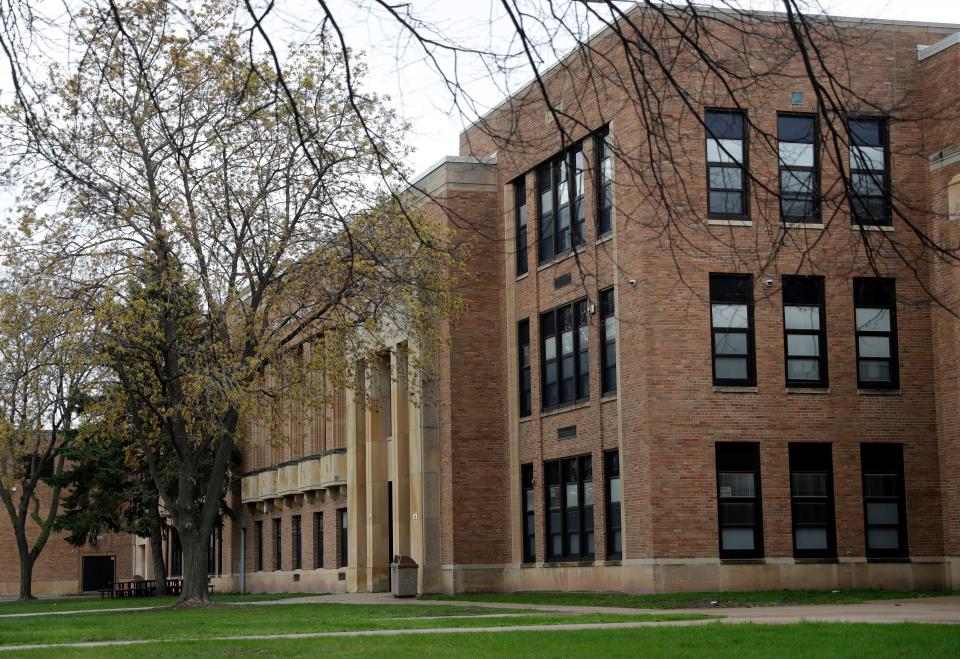
Washington Middle
Washington doesn't have any on-site green space and needs a roof replacement. Referendum dollars were allocated to replace the roof, but the project won't proceed if the school closes.
The building also has longer-term exterior repair needs.
Students would go to the repurposed Langlade K-8 or Edison Middle.
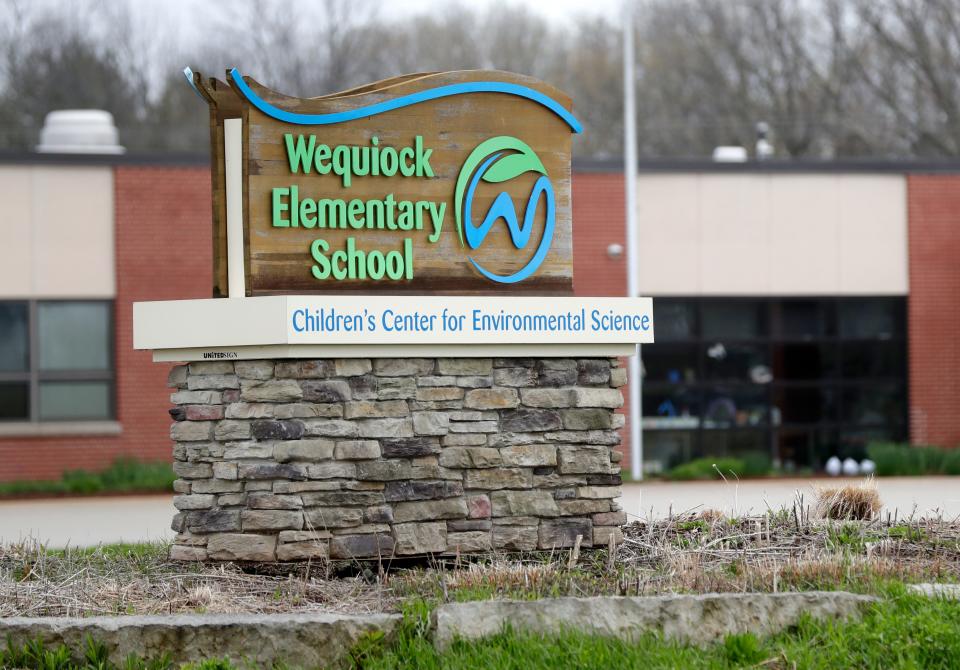
Wequiock Children's Center for Environmental Science
Wequiock also has low enrollment and a one class per grade building capacity, leading to a higher operating cost per student. The building's septic system limits the enrollment capacity and expansion.
It's also on the far northeastern edge of the district in the town of Scott.
Wequiock students would feed into the repurposed Red Smith K-8.
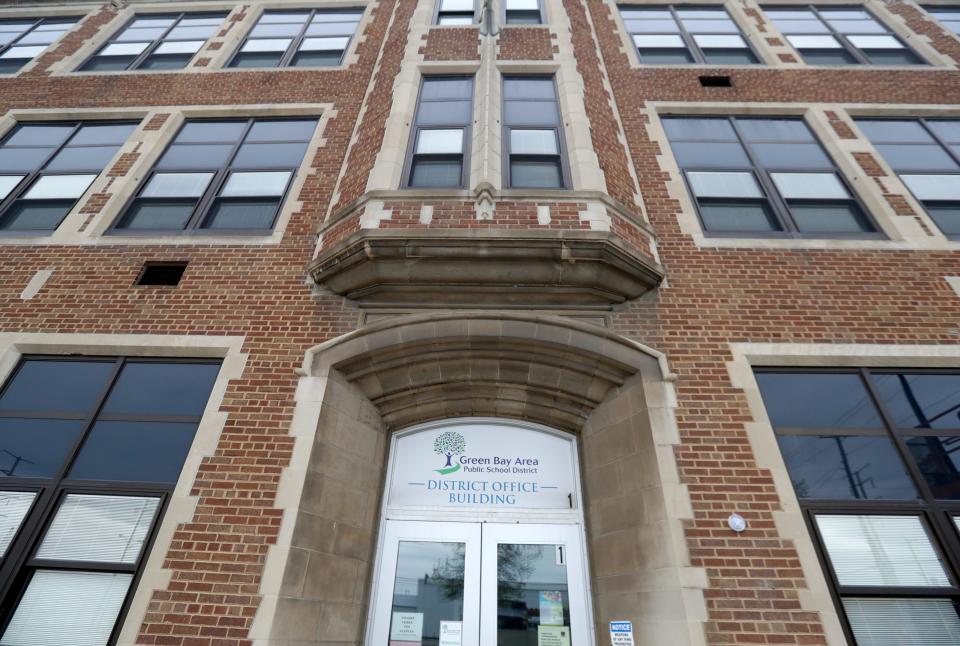
District Office Building
The original building was built in 1928, and given the downtown location, the district thinks the building has potential for sale or redevelopment. It also has high priority maintenance needs.
Is there a chance for me to give my input on the proposed plan?
The district is hosting a public forum and two tabletop discussions. The tabletop discussions will start with a presentation of the task force recommendations led by the architecture firm helping develop the plans, ATSR.
These discussions will be held in small groups, facilitated by ATSR. Notes of the discussions will be shared with the board, and translators will be available.
Here are the dates, times and locations of the tabletop discussions:
5:30 p.m. May 9 at West High School.
5:30 p.m. May 10 at East High School.
A public forum will be held from 4-7 p.m. May 24 at Washington Middle School. Speakers must sign up during the forum and will have three minutes to share feedback with the board.
The forum will last until everyone who signed up has a chance to speak, according to the district's website.
There is also a feedback form community members can fill out with questions about the recommendations.
Danielle DuClos is a Report for America corps member who covers K-12 education for the Green Bay Press-Gazette. Contact her at dduclos@gannett.com. Follow on Twitter @danielle_duclos. You can directly support her work with a tax-deductible donation at GreenBayPressGazette.com/RFA or by check made out to The GroundTruth Project with subject line Report for America Green Bay Press Gazette Campaign. Address: The GroundTruth Project, Lockbox Services, 9450 SW Gemini Drive, PMB 46837, Beaverton, Oregon 97008-7105.
This article originally appeared on Green Bay Press-Gazette: 11 schools might close. Here's how the GBAPS task force chose them.

